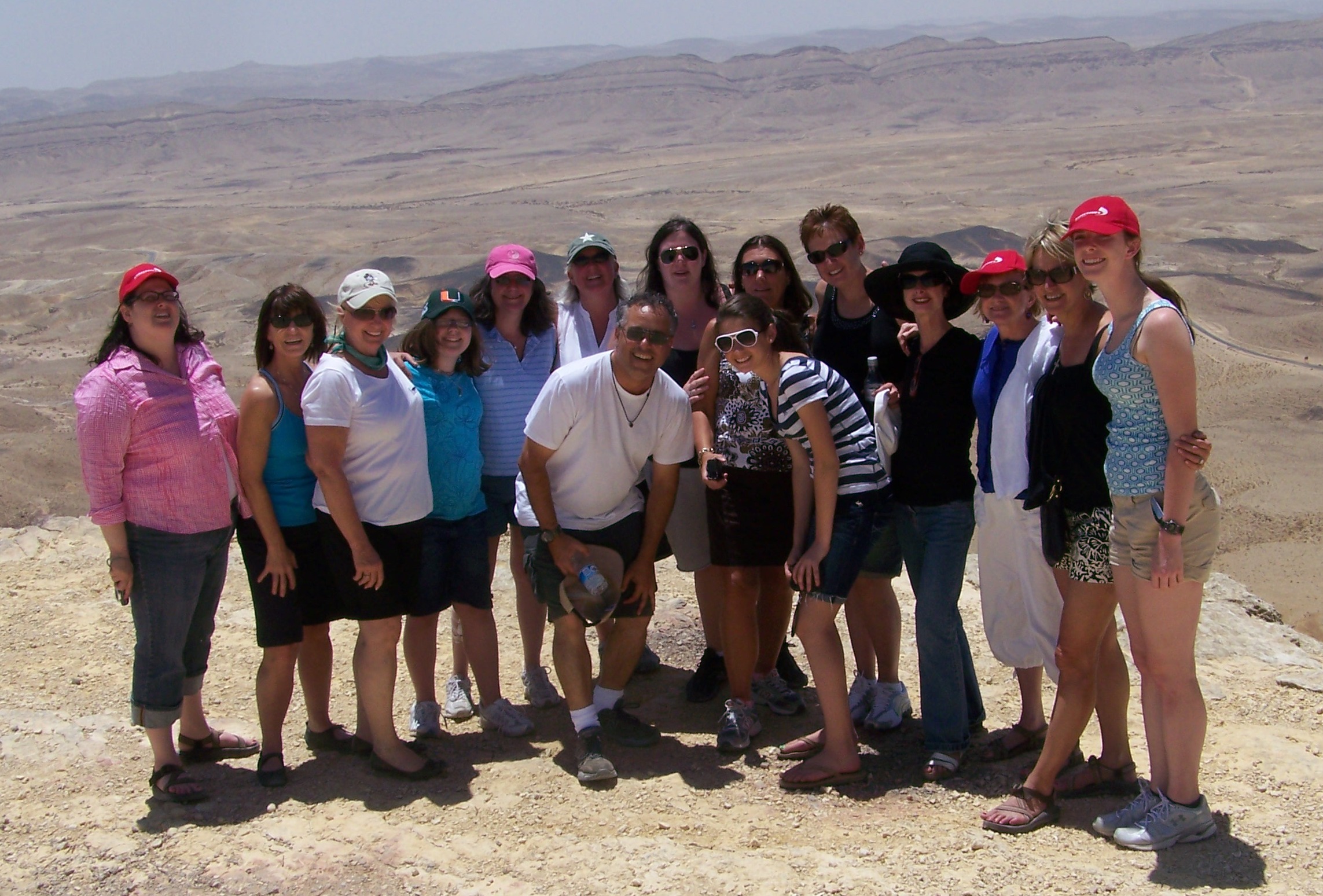A cultural point to remember on your culinary tours or cooking vacations in Israel
The issue of keeping kosher is a central one in the culinary culture of the Jews and in the development of Israeli cooking. Keeping kosher is a crucial issue for religious Jews, who are most meticulous in this matter.
Nowadays, one can find haute cuisine in Israel which does not take into account or keep the laws of kashrut (especially in Tel-Aviv and the northern part of the country). But you can also encounter excellent cooking which keep kosher at different levels (especially in Jerusalem). When you come on a cooking vacations in Israel it is important to understand the laws of kashrut and their origins since they reflect the history and the culture of the local food.
Many see kashrut laws as irrelevant and anachronistic, but a close and careful examination reveals that in fact their purpose is to make sure that the food is healthy, that it is produced in an honest way, a way which is fair both to the environment and to the people working in producing it.
A few rules for a kosher cooking vacations
Since kashrut laws and keeping kosher are a very complex matter, we shall address just a number of central issues affecting cooking:
First and foremost, one does not mix meat and milk. Not in the dish itself (you can’t have a dairy-based sauce for a meat dish) and not in the meal (if one of the dishes contained meat, the dessert can’t contain milk). This has reason related both to health and to a moral attitude which sees cooking the animal in milk as an act of cruelty.
In addition, when we talk about eating meat, there is a list of allowed animals and a list of forbidden ones. “Pure” beasts, which are allowed to be eaten must have hooves and must regurgitate (for example cows, sheep, deer or buffalo). In contrast, forbidden beasts include pigs, horses, donkeys.
In the realm of birds, birds of prey are not allowed to be eaten. In many places around the world, as well as in Israel, birds of prey are protected in order to keep them from becoming extinct.
Among the fish, kashrut allows the consumption of those fish which have scales and a fin. All the kinds of sea-food are prohibited by kashrut laws.
Regarding plants, kashrut laws are meant to protect the environment and comply with the present-day laws and rules defining fair trade. For example, from any crop a certain percentage has to be contributed to the good of the community. The farmer must take care of the well-being of the field hands (for example, have them rest on Saturdays, give them clothes and feed them properly). In addition, every seven years there’s a whole year when nothing is grown in order to let the earth rest and renew itself. Yet, the poor are allowed to pick fruit or the crop which has grown in the field, out of concern for their well-being. These laws are “green” and ecological laws of the first order, but are very difficult to keep and to carry out especially due to the high cost related.
Another kashrut law which also protects the environment is the law which prohibits eating fruit from trees less than four years old. Only on the fourth “birthday” of the tree can one pick its fruit. This law too is meant to preserve the quality of the crop and improve the trees’ health.
A culinary tour of kosher kitchens…
Different cuisines keep different levels of kashrut . The Cooking Vacations Ultra-Orthodox, for example, keep the whole set of laws in the strictest, most meticulous way. They have even imposed on themselves further prohibitions to make sure they do not err by mistake. All their foodstuff is grown and produced under the strict supervision of a kashrut controller who makes sure that all the laws and rules are kepy in the strictest manner possible.
People who keep strict kashrut (and these are not only the Ultra-Orthodox) have separate sets of dishes for eating and cooking dairy and meat and even separate sinks to wash the dishes accordingly.
Israeli chefs who keep kosher claim that the kashrut laws only improve the quality and the hygiene of the food and challenge the chef’s creativity. Others who do not keep kosher claim that the kosher kitchen is limited both regarding the ingredients as well as regarding the cooking processes. Israel, a land of different communities, holds one of its core discussion precisely on the issue of food and cooking. You will most probably encounter the creativity (or the limitations?) of kosher food during your culinary tours in Israel and in some of your hands-on experiences
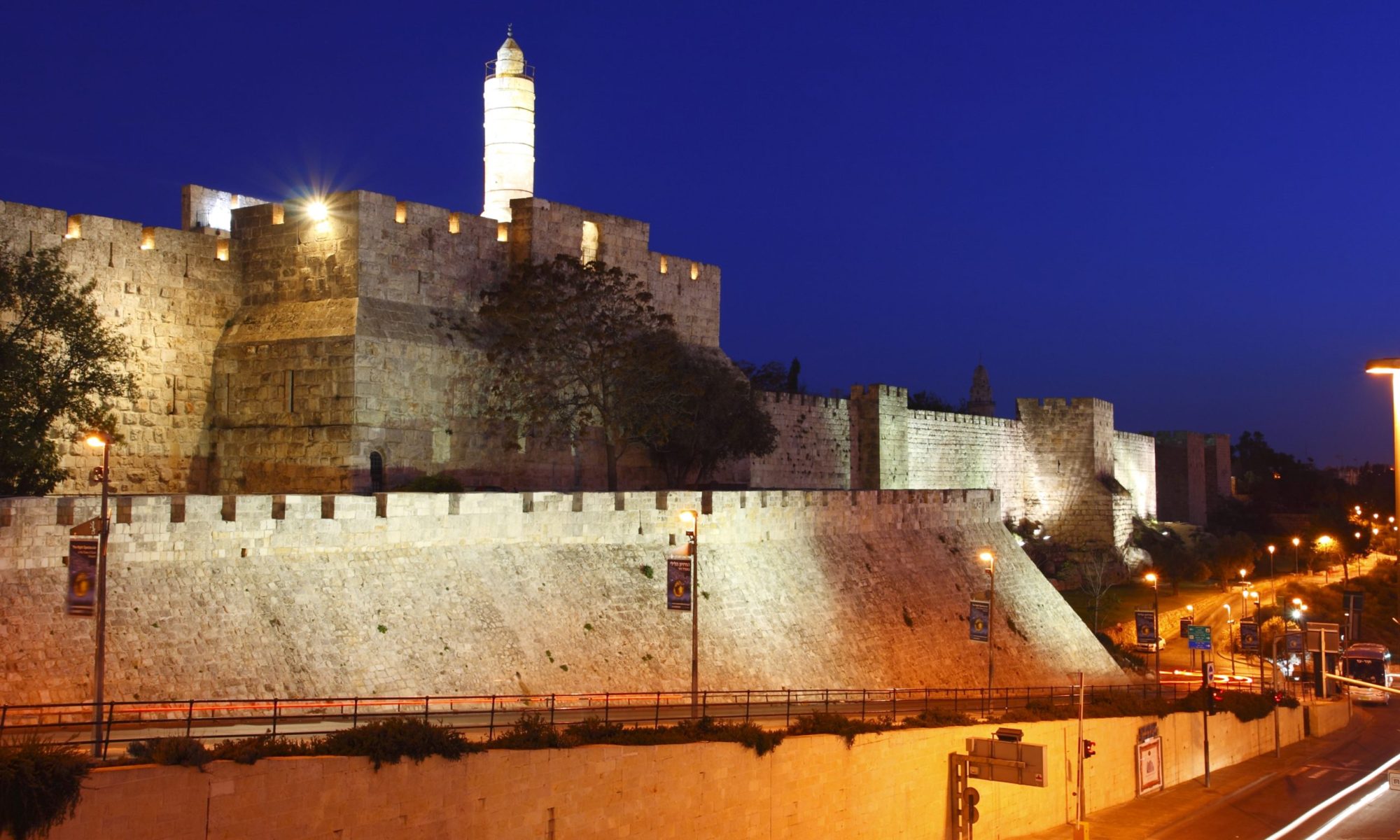
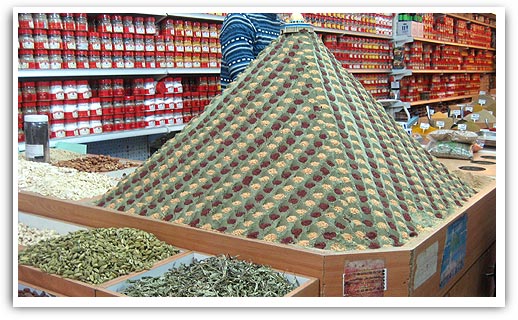
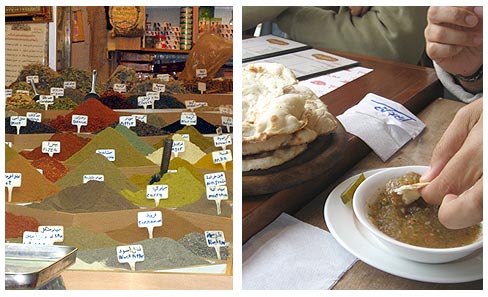
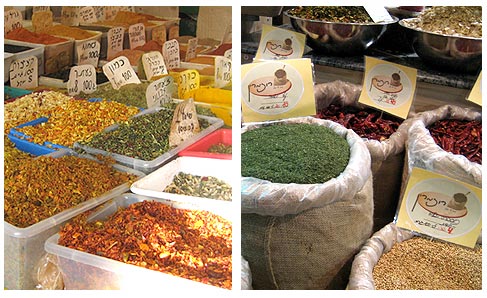
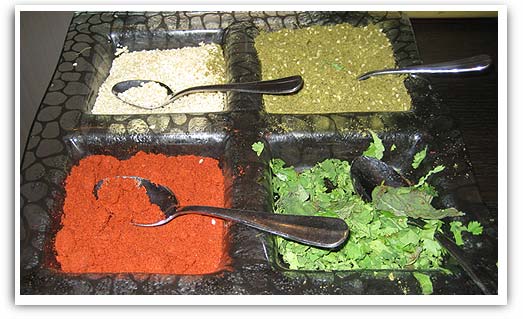
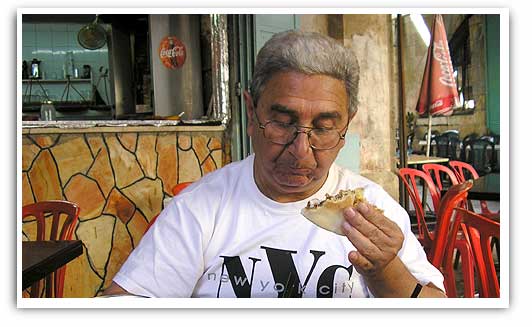
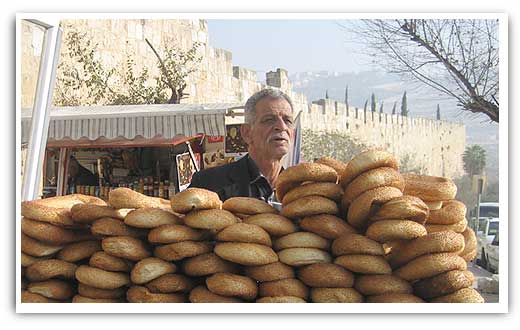
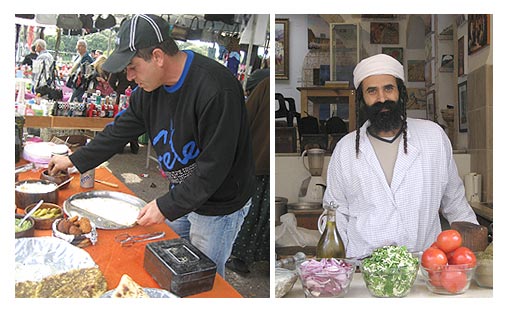

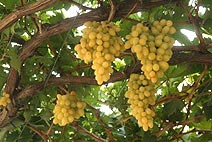 Wine, cheese and chocolate – could there be a better combination? All this we’ll meet in a culinary tour in the green North of Israel, from the Carmel Mountain to the Galilee, which is known nowadays as Israel’s Tuscany.
Wine, cheese and chocolate – could there be a better combination? All this we’ll meet in a culinary tour in the green North of Israel, from the Carmel Mountain to the Galilee, which is known nowadays as Israel’s Tuscany.